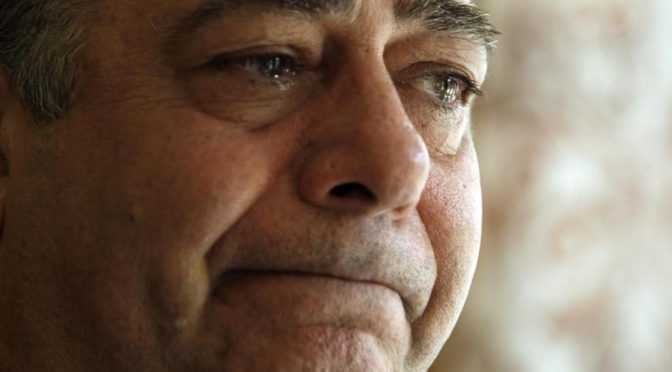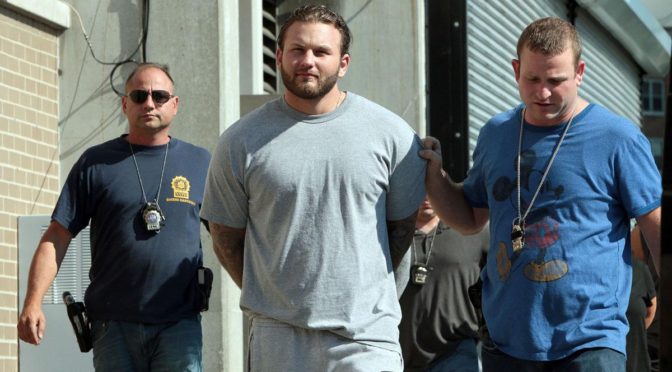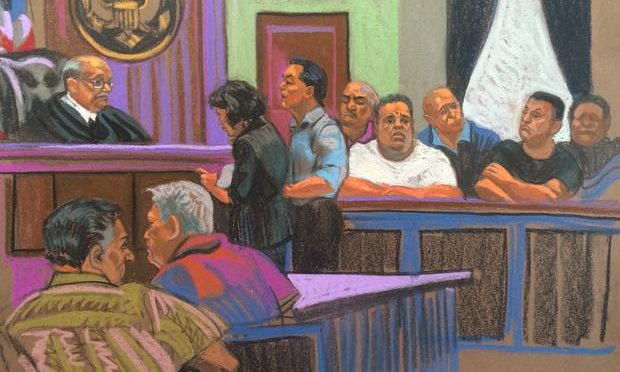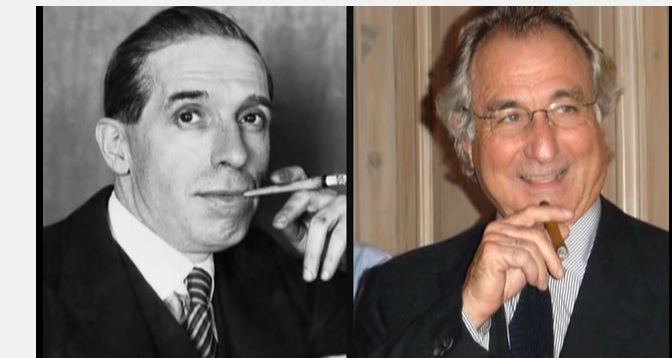MEMPHIS – An ex-Boston mobster who secretly moved to Memphis in 2013 is opening up about his life as the boss of a Boston mafia crew and his knowledge of the largest art heist in world history.
In the 1990s, Robert Luisi, Jr. was the leader of a mob crew in a Boston. Two of the men in his crew, Robert Guarente and 80-year-old Robert Gentile, are suspected by the FBI of stealing $500 million worth of art from the Isabella Stewart Gardner Museum in Boston.
Luisi moved to Memphis in 2013. With guidance from the federal government, he changed his name to Alonso Esposito and started a new life.
Now, Esposito lives in a Memphis suburb with his wife, Julie Esposito, and their children.
Guarente died in 2004. Investigators have searched Gentile’s home in Philadelphia, but didn’t find the paintings. Gentile is awaiting trial for unrelated charges, and he claims he knows nothing about the missing art.
For 26 years, the investigation has led investigators to dead ends. And even with Esposito opening up about his knowledge, the art is still nowhere to be found.
When asked if men in his crew were involved in the heist, Esposito said, “I think several of them were. Yeah, that was my crew.”
But Esposito said he didn’t connect with Gentile and Guarante until a few years after the heist.
“I was coming back to Boston from Martha’s Vineyard,” Esposito said, describing what he was doing on March 18, 1990 – the night the paintings were stolen. “That crew that they suspect actually did the robbery, I really didn’t hook up with them until about ’94.”
No one has ever been arrested for stealing the art, but leads have continually taken investigators to men related to Esposito’s former friends in Boston, Philadelphia, Connecticut and Florida.
Full Article – http://www.wsoctv.com/news/trending-now/boston-mobster-turned-memphis-pastor-discusses-500-million-art-heist-1/413196610





